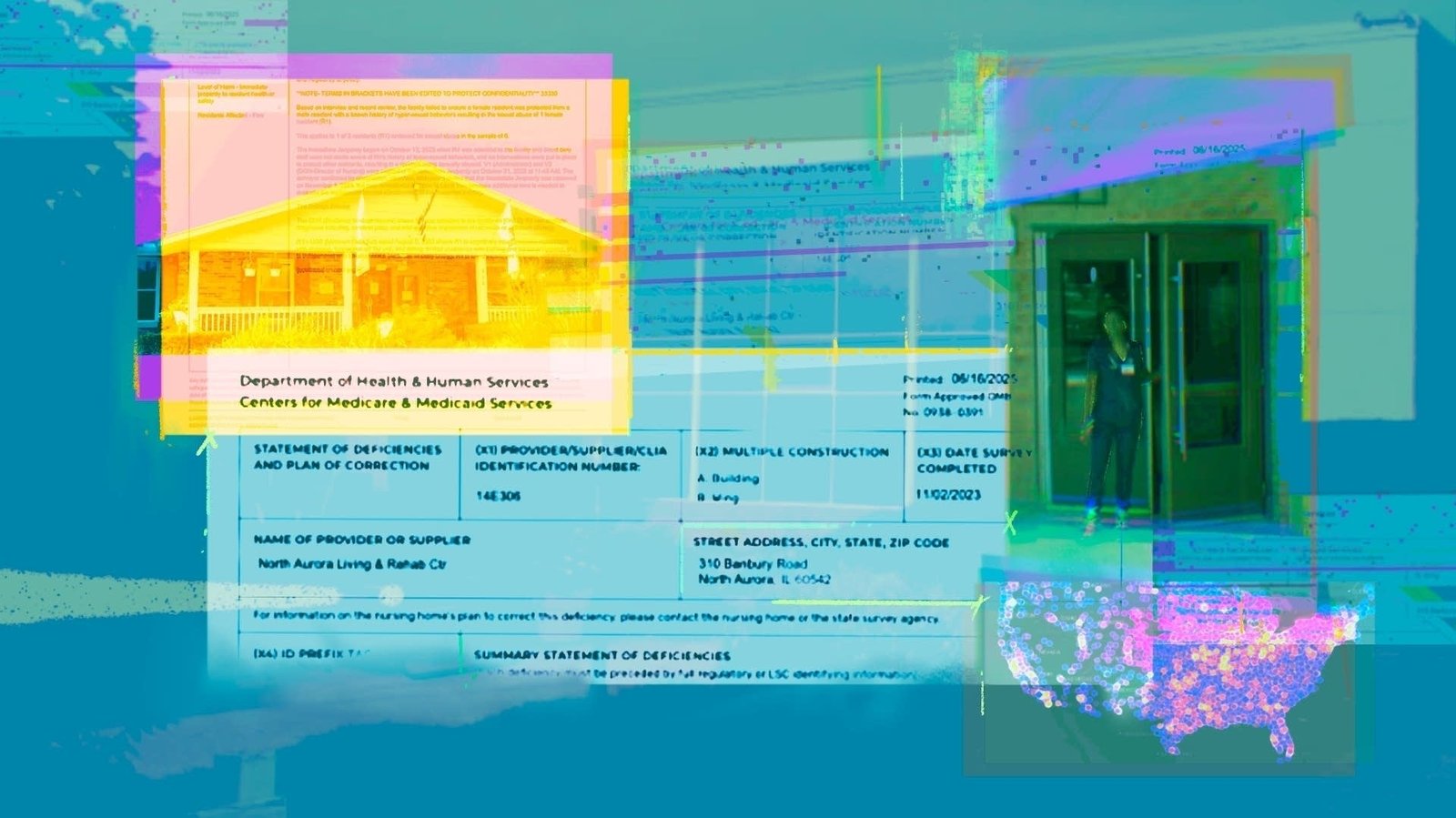
Trump’s high tariff rates were struck by major American commercial partners

President Donald Trump High tariff rates From 10 % to 50 % on dozens of commercial partners who kicks Thursday on Thursday, as he tested his strategy to shrink the American trade deficit without huge unrest in global supply chains, high inflation and intense revenge on the commercial partners.
The US Customs and Border Protection Agency started collecting the highest tariffs at 12:01 am EST after weeks of suspense about Trump’s final tariff rates and frantic negotiations with the main commercial partners who sought to reduce them.
The goods loaded on ships associated with the United States and in crossing before the deadline of the middle of the night can be entered with less previous tariff rates before October 5, according to the notification of CBP to the two trucks issued this week.
Imports from many countries were previously subject to 10 % basic import lines after Trump stopped higher rates in early April.
But since then, Trump has repeatedly amended the customs tariff plan, Some countries were slapped at much higher ratesIncluding 50 % for goods from Brazil, 39 % of Switzerland, 35 % of Canada and 25 % of India.
Declare Separate 25 % tariffs on Indian goods On Wednesday, it will be imposed within 21 days on the purchases of the country of South Asia for Russian oil.
Before the deadline, Trump purchased the “billions of dollars” that will be flowing to the United States, to a large extent from the countries that he said benefited from the United States.
“The only thing that can stop America’s greatness is the radical left court that wants to see our country fails!” Trump said on the social truth.
Eight major commercial partners representing about 40 % of trade flows in the United States have reached frameworks on trade and investment concessions with Trump, including the European Union, Japan and South Korea, reducing basic tariff rates to 15 %.
Britain won 10 %, while Vietnam, Indonesia, Pakistan and the Philippines won price cuts to 19 % or 20 %.
“For these countries, it is less bad news,” said William Rinsh, a senior colleague and commercial expert at the Center for Strategic and International Studies in Washington.
“There will be some arrangement of the supply chain. There will be a new balance. The prices will rise here, but it will take some time to appear in a big way,” Rinsh said.
He added that the countries with highly punished duties, such as India and Canada, “will continue to scrambling about trying to reform this.”
Trump’s order determined that any goods designed to ship them from a third country to evade an American tariff will be subject to an additional 40 % import duty, but his administration issued a few details about how to define these goods or implement the ruling.
The tariff order imposed on July 31 from Trump duties above 10 % on 67 commercial partners, while the rate was 10 % for those who were not inserted.
These import taxes are part of a multi -layer tariff strategy that includes sectoral tariffs based on national security on semiconductors, medicines, cars, steel, aluminum, copper, wood and other commodities. Trump said on Wednesday that duties of fine chips could It reaches 100 %.
China is on a separate tariff path and will face a possible tariff on August 12 unless Trump agrees to extend a previous truce after last week’s talks in Sweden.
He said he could impose an additional tariff on Russian oil purchases in China, as it seeks to pressure Moscow to end its war in Ukraine.
Financial markets largely ignored the new definitions, with stock markets in Asia in or near record levels or near the dollar a little decreased.
Revenue, high prices
Trump has described the extensive increase in federal revenue from his import tax groups, which companies ultimately pay by companies that import goods and consumers for final products.
US Treasury Secretary Scott Payette said that the revenue of the American tariffs may lead 300 billion dollars per year.
This step will increase the rates of US tariffs to about 20 %, the highest level in a century and a height of 2.5 % when Trump took office in January, according to the estimates of the Atlantic Ocean Institute.
Last week’s trade management data showed more evidence that customs tariffs began to increase US prices in June, including household furnishings, durable families’ equipment, entertainment goods and cars.
Trump’s introductory war costs are escalating on a wide range of companies, including Belweethers Caterpillar, Marriott, Molson Coors and Yum. Finally, the international companies that have reported their profits so far in this quarter are looking for a success of about $ 15 billion in profits in 2025, which tracks the global tariffs of Reuters.













Post Comment